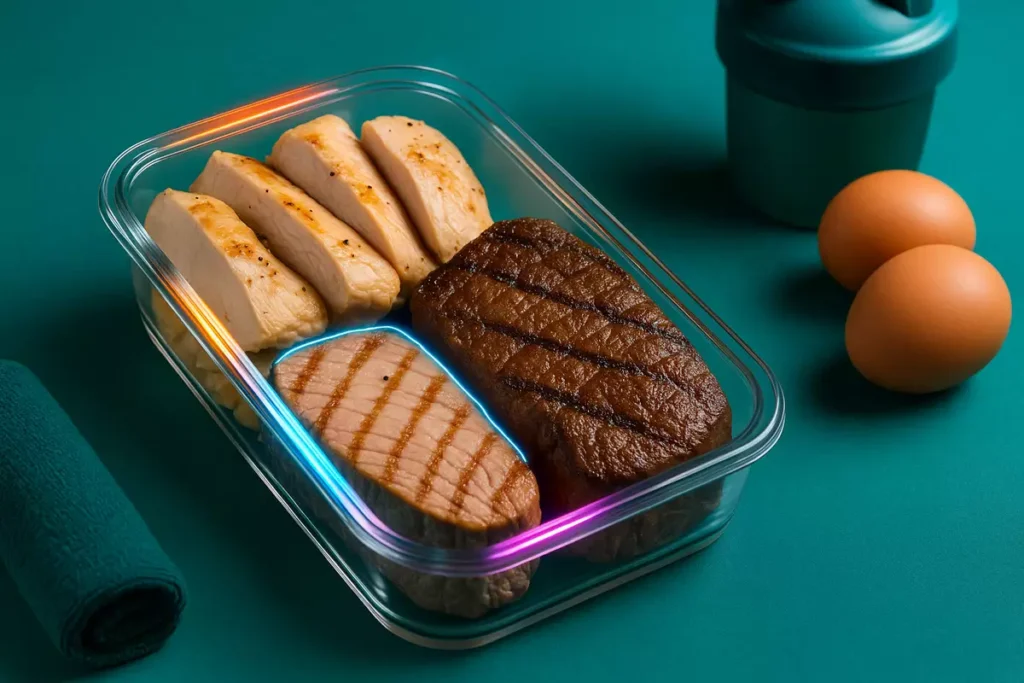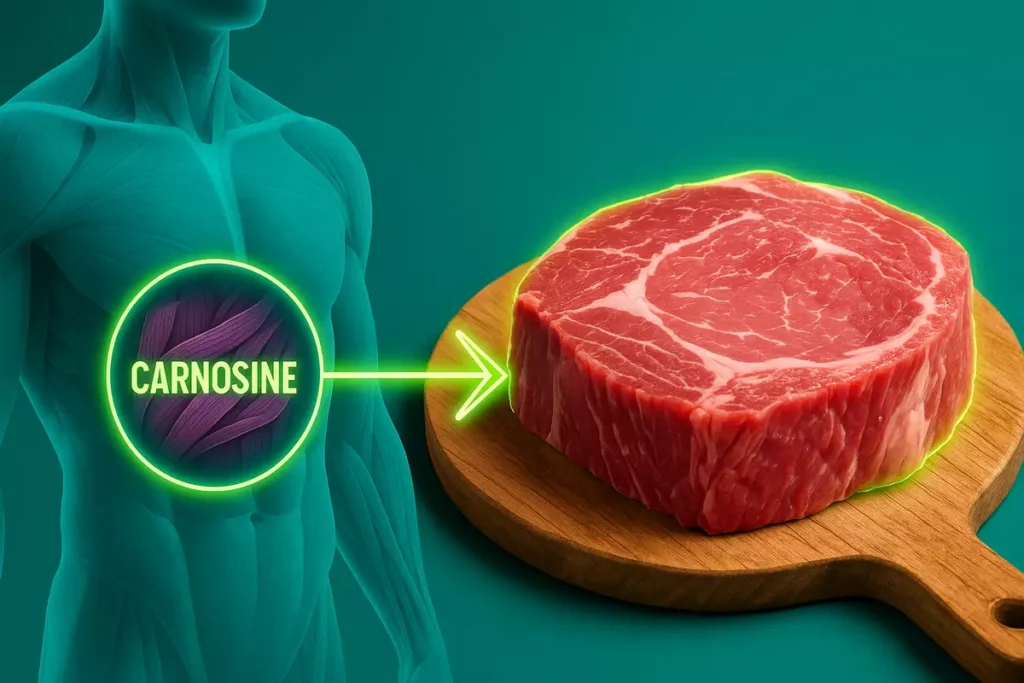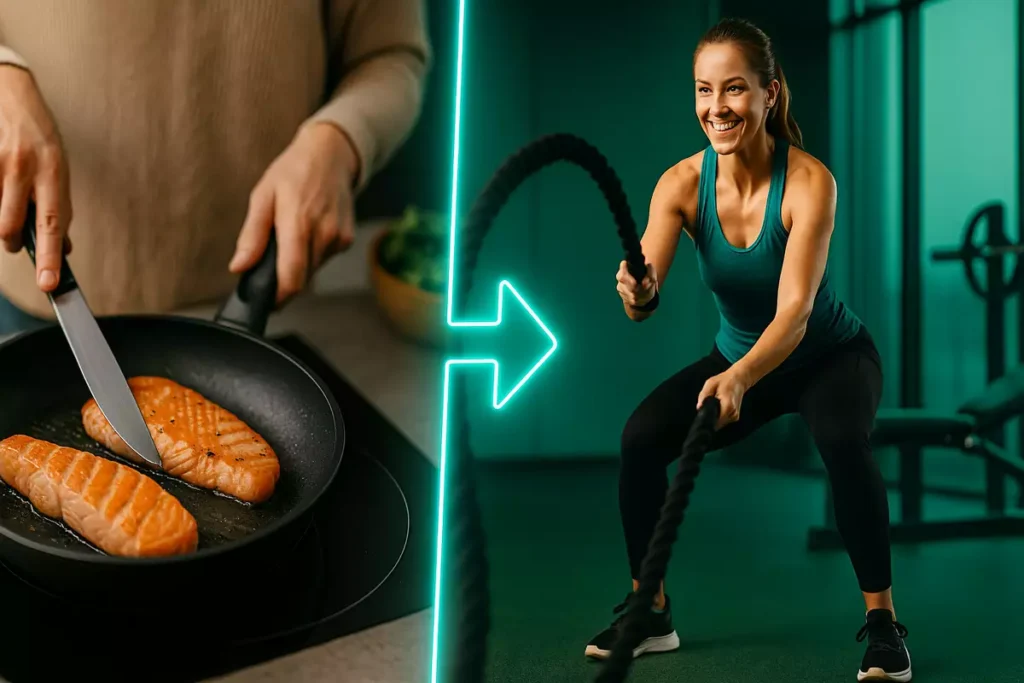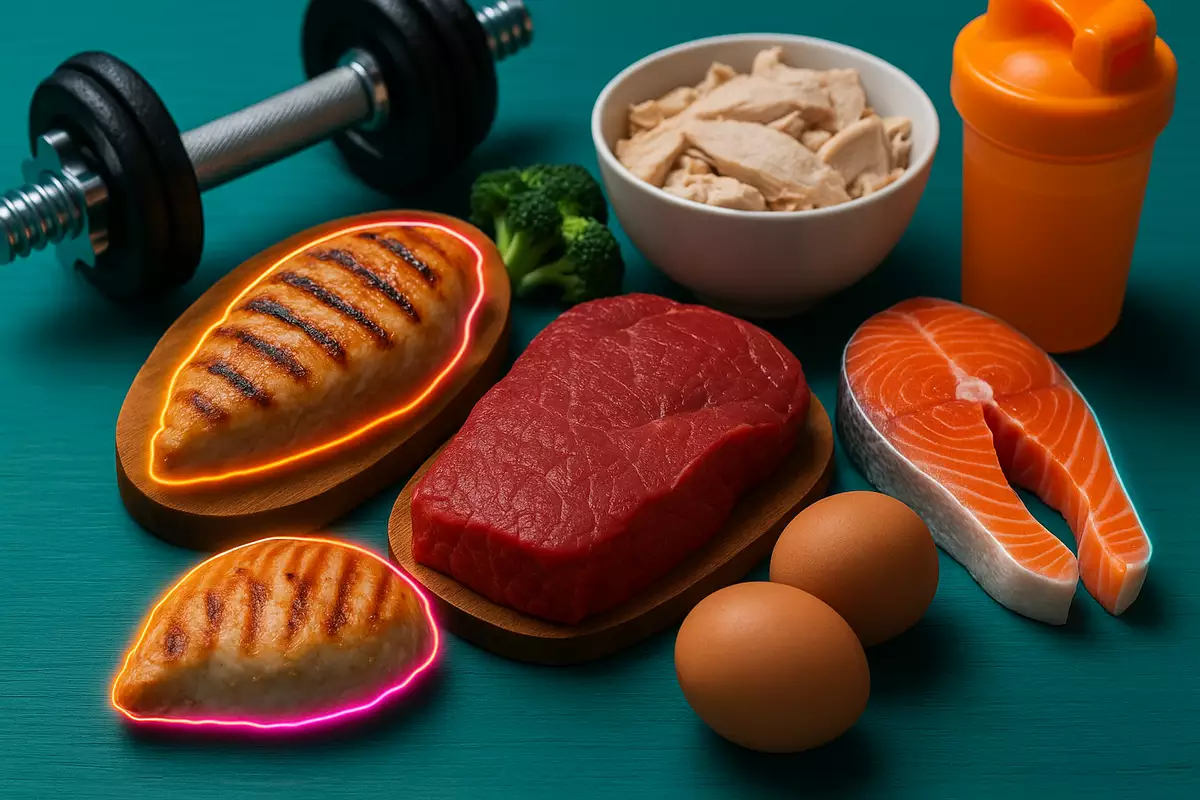Want to boost endurance, crush more reps, and delay muscle fatigue—naturally? Beta-alanine might be your secret weapon.
While most people jump straight to supplements, the truth is you can get beta-alanine right from your plate.
In this guide, I’ll show you the best natural food sources of beta-alanine—plus how to use them like a pro to fuel real performance gains.
Table of contents
What Is Beta-Alanine and Why It Matters
If you’ve ever trained so hard your muscles screamed for mercy, you’ve felt the burn beta-alanine helps fight.
This amino acid is a key player in muscle endurance, helping your body produce carnosine, a compound that buffers lactic acid in muscles.
Translation? Less burn, more reps.
I’ve personally used beta-alanine for years, especially during intense strength circuits or cutting phases.
The result? I could push through those last brutal sets without my performance tanking.
Think of it like armor for your muscles when the going gets tough.
Want to dive deeper into beta-alanine’s benefits? Check this guide.
Natural Sources of Beta-Alanine in Food

Let’s get right to it.
If you’re wondering whether you can get enough beta-alanine from food, the answer is: yes, with the right choices — especially if you eat meat.
Top Animal-Based Sources
These foods are your best bet for naturally boosting beta-alanine:
- Chicken breast – Lean, high-protein, and rich in carnosine
- Turkey – Another great lean source
- Beef – Especially organ meats like liver
- Pork – A lesser-known but solid option
- Fish – Salmon and tuna are excellent picks
I’ve included chicken or turkey in my daily diet for years, and beef at least 2–3 times a week.
Not just for the protein — but because they work.
One of my clients, Tomás, a soccer player in Spain, switched from a mostly plant-based plan to one rich in chicken, and within weeks his on-field stamina took a noticeable leap forward.
Why Meat Contains Beta-Alanine

Here’s the science behind it: beta-alanine is a building block of carnosine, which is stored in muscle tissue.
When you eat muscle-based meats, you’re essentially consuming carnosine.
During digestion, your body breaks that down, releasing beta-alanine into your bloodstream.
It’s a natural process — and one your body knows exactly how to use.
This is also why vegan and vegetarian diets can be lower in beta-alanine.
If you’re plant-based, check out our beta-alanine guide for vegans.
Can You Get Enough Beta-Alanine from Food Alone?
In my experience, yes, especially if you eat meat daily.
I went three full months on a clean bulk, relying solely on whole foods — no supplements.
I included chicken, tuna, and beef daily. My endurance stayed consistent.
No dramatic spikes like you might get from a high-dose supplement, but the results were real and steady.
That said, there’s a limit to how much you can realistically get through food alone.
Most beta-alanine studies use 3–6 grams daily, which you won’t reach with diet unless you’re eating a LOT of meat.
That’s where supplements come in — particularly if you’re training like an athlete or competing.
If you’re new to this, start with our beginner’s dosage guide.
Best Ways to Boost Beta-Alanine Naturally

If you’re new to training or trying to clean up your nutrition, start with food first.
Build a solid foundation with high-quality protein sources:
- Add chicken or turkey to lunch and dinner
- Rotate in beef, tuna, or salmon a few times a week
- Don’t skip organ meats — they’re nutrient-dense and beta-alanine-rich
- Make your pre-workout meal protein-focused
A great example is my client Emily, a CrossFitter from Canada.
She used to rely on protein shakes and carbs.
When we shifted her to a food-first plan — grilled chicken thighs, tuna salads, beef stir-fries — her late-set performance improved fast.
She even PR’d two of her toughest workouts just three weeks in.
For those combining beta-alanine with other compounds, our taurine stack guide and caffeine + beta-alanine synergy article break it down clearly.
Final Thoughts — Food vs. Supplements
Here’s my honest take:
- Food first — always.
- Supplements if needed — during intense training blocks or plateaus.
Beta-alanine supplements do work, but they come with side effects — mainly that tingling sensation (called paresthesia).
I’ve felt it, and it’s not always pleasant.
I now split my dose, or take sustained-release versions.
Some clients even love the tingle — like Jenna, a HIIT coach from Australia, who says it “amps her up.”
But if you’re consistent with your meals — and eat like someone serious about results — you might not need the pills.
At the end of the day, real food always wins.
And your body? It knows the difference.
Not sure how long to run a cycle? Our cycle duration guide covers everything you need to know.



Leave a Reply